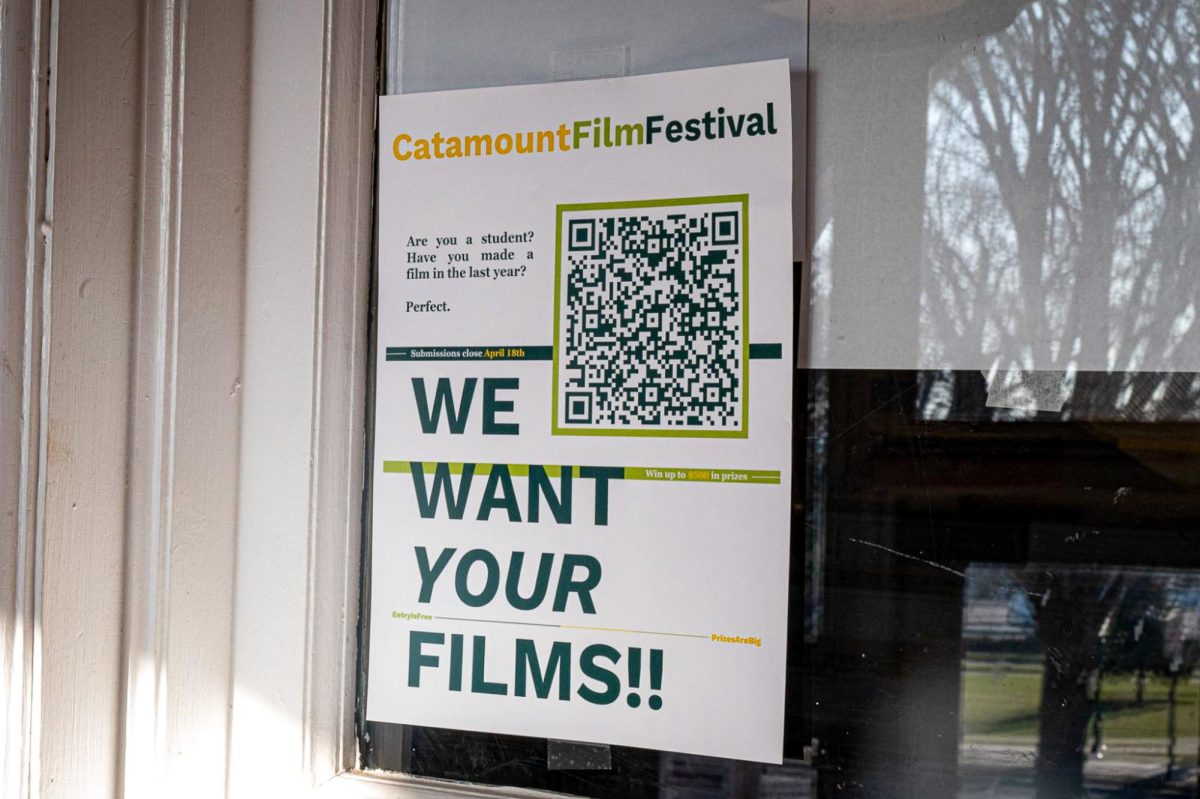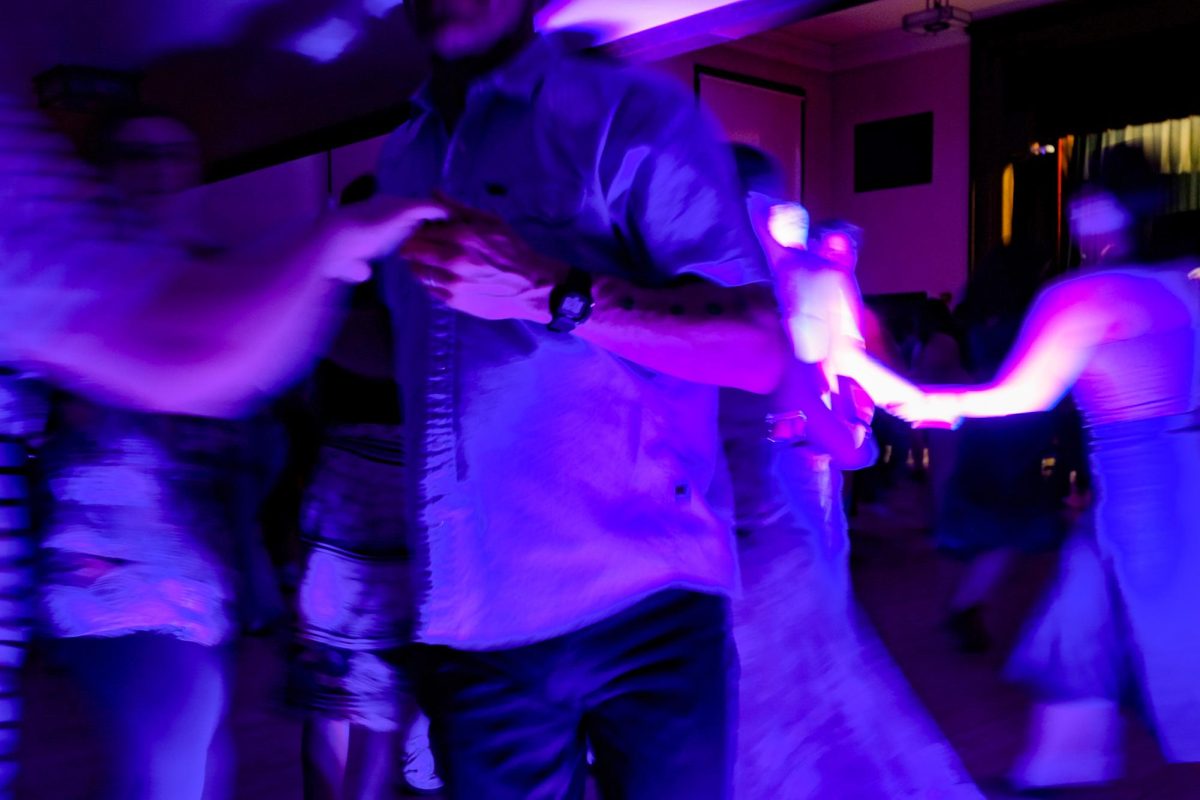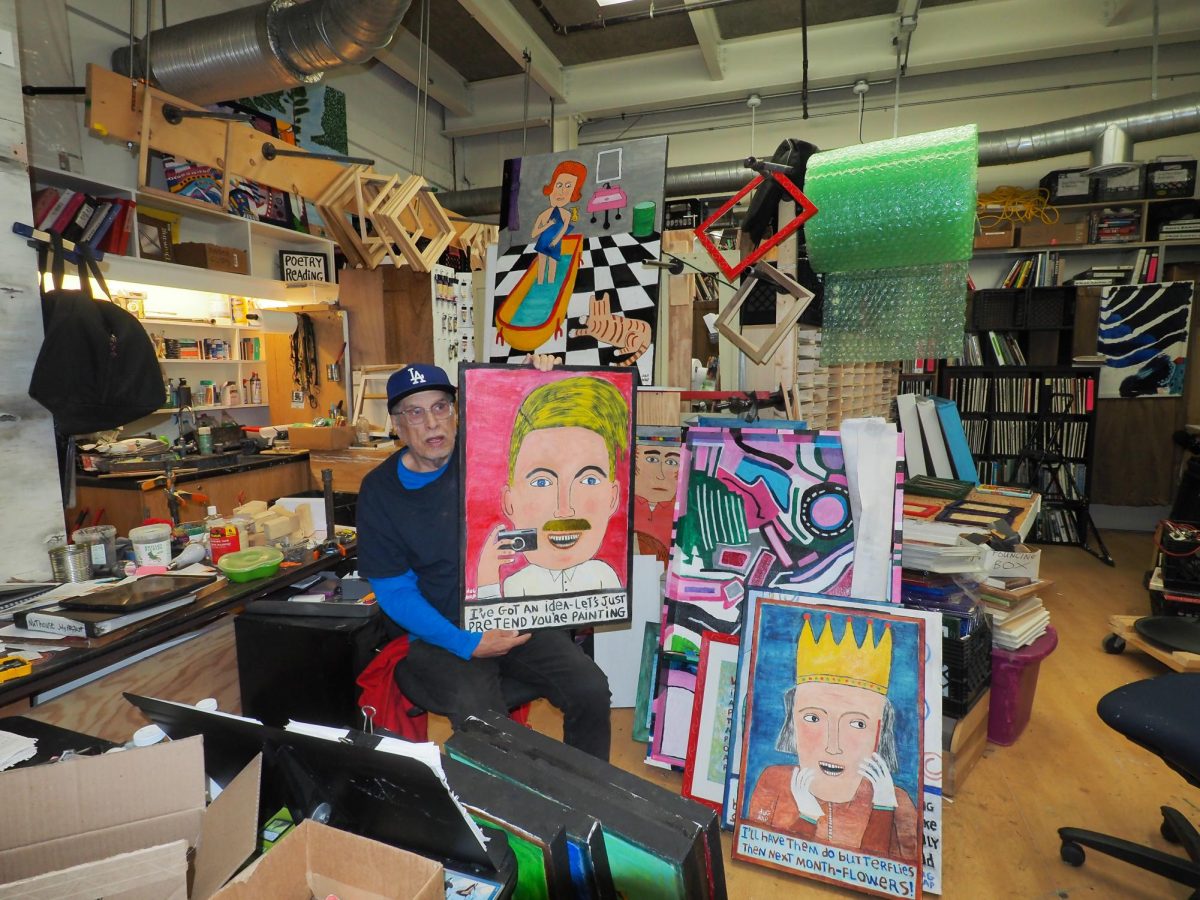The eyes, nose, hands, ear and mouth are arguably small in respect to how important their functions are. Sight, smell, touch, sound and taste dictate how we perceive and relate to our environment and each other. In the Firehouse Gallery’s current exhibit “Homunculus,” artist and UVM professor Steve Budington has taken the painted human form and rearranged it according to sensory organs. The name of the exhibit comes from the theory known as cortical homunculus, which presents a distorted scale model of a human figure, increasing the proportion of body parts that correlate to a specific sense. As a creative artist, Budington is not interested in giving an anatomically correct version of the human body. “I’m wondering how our more subjective and metaphoric ‘homunculus’ would be represented,” Budington said. “If our brain had a map of our embodied experience of the world, what would that look like, what would it reveal.” Budington takes his work one step further, incorporating technology into the idea. “In daily life … our relationship to technology is more ambivalent … technologies are enjoyed as an almost ‘natural’ extension of our subjective selves — ear buds, outdoor gear, small mobile devices, social networking,” Budington said. On canvas, earbuds and phone wires are physically attached to the ear while multiple colored eyes decorate the face. Budington’s work suggests a literal unity between the body and technology, as if our ears themselves were the things we used to listen to iPods. “Many feel it is a terrifying prospect to actually merge our ‘natural,’ physical body with technologies that are alreadyso close to us,” Budington said. The images are visually related to surrealism, the contrasting pallets of the subdued backgrounds and bright figures balancing out the more visceral imagery of exposed anatomies, Budington said. Exposed indeed. “When I splice or dissect organs, including genitalia, it’s more about highlighting our culture’s ability to alter or rearrange the physical body than it is a communication of a subconscious event or personal epiphany,” Budington said. Upon entering the exhibit for the first time, Nadia Westcott, who works in the exhibit, was initially taken aback. “At first it’s revolting, with all the dismembered body parts.” Wescott said. “But then it’s quite interesting and beautiful … the use of color, very vibrant. The element of sensory body parts that really evoke the senses.” The inspiration behind “Homunculus” is Budington’s reflection on the ‘80s and ‘90s, when popular culture was obsessed with apocalyptic visions of machines, cyborgs and other “post human” entities who would take over the planet. Budington has seen this shift dramatically. “The popular imagination of the last 10 years, while just as heavy-handed and problematic, was different in that it represented a merging of the individual with technology to create utopias or exceed physical limitations — think ‘Avatar,'” Budington said. We see this technology everywhere — everyone has an iPod, iPhone or cell phone on them at all times, Wescott said. To be plugged in and accessible at all times — or entertained visually through images and music — is an important aspect of our lives. In society electronics can be considered extensions of our sensory experiences. To see how technology has redesigned the body, visit “Homunculus” at the Firehouse Gallery until Jan. 1
Categories:
Exhibit explores magic of the five senses
November 15, 2010
0
More to Discover







